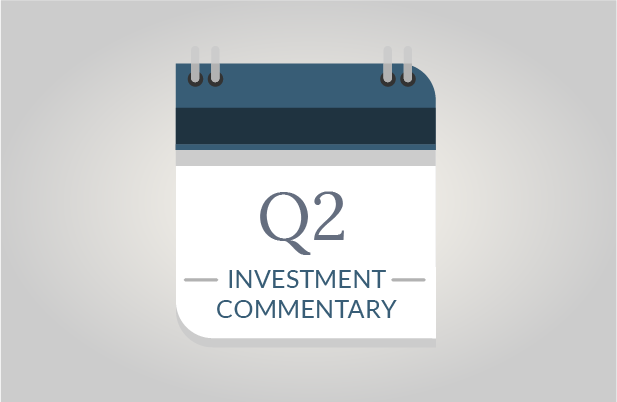For the past several years, many investors have been tempted by the too-good-to-be-true descriptions of structured CDs (also known as market-linked CDs). These instruments often claim to offer the upside of stock market or other investment exposure, with little-to-no downside risk.
Enough years have now passed since the inception of structured CDs to allow adequate evaluation of their investment results. A recent analysis by The Wall Street Journal reviewed their effectiveness, and the results support the age-old saying of, “If it sounds too good to be true, it probably is.”
Structured CDs are very different from traditional CDs, where you invest your money and get it back, plus interest earned. Structured CDs are linked to investment market benchmarks i.e., the S&P 500 index. They’re often marketed as offering you the upside of investment market participation, while limiting downside loss exposure. This sounds great, until you consider the details that often hinder their performance:
- Benchmark investment performance is often only calculated on selected days of the year. This means that it can be a great period in the market, but if your structured CD’s performance happens to be calculated on a bad day, that’s it; it’s locked in. You don’t often get to experience the full continuum of market performance.
- Performance is also often capped, and in various ways too. Sometimes you’re just limited to a maximum upper return, which means that you lose out on any excess, but at least keep some amount of gain. However, other times you may completely forego investment upside exposure if the investment benchmark exceeds a certain performance threshold. That’s a painful outcome for investors to swallow.
Many investors think that they have full return exposure to a named investment benchmark when purchasing structured CDs, but these two primary characteristics can dramatically limit return potential.
Investors should also be aware that monitoring how your structured CD investment is performing can be a challenge. These investments are seldom priced based upon how the investment is performing, assuming you hold it until maturity. This makes it difficult to track how you’re really performing over a period of years, unless you delve into the details and do some of your own math analysis.
What’s also confusing to investors is that limited loss potential in structured CDs can differ significantly from a traditional CD that entails no loss potential (within FDIC insurance limits). However, investors can – and do – lose money with structured CDs. These are not the CDs that you grew up knowing.
The results of the Wall Street Journal’s analysis suggest that most investors would have been better off investing in safer, lower-risk CDs. More than half of the structured CDs reviewed (analysis was limited to those that had announced at least one annual return payment) experienced lower returns than an average five-year traditional CD.
SageVest Wealth Management has purchased a limited number of structured CDs for clients over the years, and we are proud to say that our due diligence of these products has led to positive investment results, in excess of traditional CD returns. As the research shows, however, that’s not always the case.
It’s vital that you act as an informed investor if you’re ever considering a structured CD or other investment product. Take the time to carefully read all investment materials, and make sure you understand how the investment works – the terms and conditions, the risks, and how an investment might perform under investment market conditions.
SageVest Wealth Management proudly serves as your investment fiduciary, always placing your investment decisions at the helm of our decisions. We encourage you to contact us for more information.




